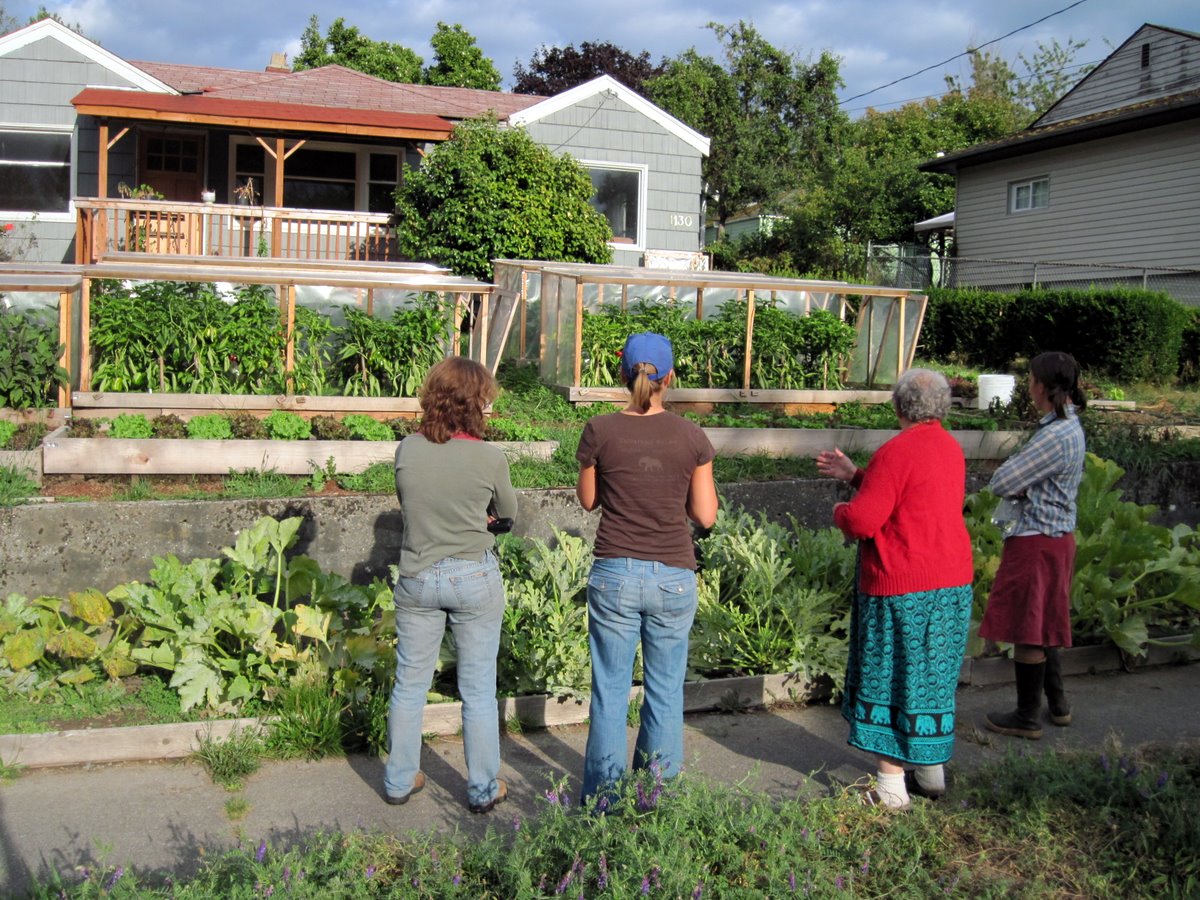
Bug out basics: How far can you walk while carrying a bug-out bag (BOB)?
Thursday, September 17, 2020 by Janine Acero
http://www.bugout.news/2020-09-17-bug-out-basics-walking-with-bug-out-bag.html

There are disasters such as hurricanes, floods and wildfires that will compel people to evacuate their homes and bug out to a safer location. But securing a well-stocked bunker deep in the woods or a homestead on acerage is only half the battle. You must also practice traveling with your bug-out bag (BOB) to see how far you can walk while carrying it. (h/t to AskAPrepper.com)
It’s important to know ahead of time how you will get to your bug-out location (BOL) securely and with all your survival gear. If your BOL doesn’t have supplies, you will need a vehicle to get yourself and your essentials there. Conversely, if your BOL is already fully stocked, you can carry a considerably lighter load while traveling on foot.
Traveling on foot has several advantages. For one, it is an incredibly flexible mode of travel; no matter the terrain and circumstances, you can adjust your route easily. The downside is, you would be traveling at a much slower pace than you may want to – your trek to your BOL may take days, not just hours.
Moreover, traveling on foot can be inconvenient and even dangerous. If you miscalculate the length of time it takes to arrive at your BOL, you might bring insufficient food and water, and that spells disaster.
How fast can you travel?
Your BOB should have everything you need to survive until you reach your BOL. This includes food, water, a sleeping bag, a first aid kit, self-defense weapons and ammunition. Because your BOB is not lightweight, expect not to be moving at your normal walking pace.
You may also have to avoid roads where refugees and checkpoints will be. This could mean traversing rough terrain en route to your BOL. But with a heavy pack on your back, you’ll be traveling at an even slower pace.
How far can you travel?
Many people overestimate themselves when it comes to how far they can walk in a day – don’t think you can get up at dawn and walk until sunset. If you want to measure the maximum distance you can cover while planning your route to your BOL, use Naismith’s Rule.
William Wilson Naismith was a 19th century Scottish mountaineer, so he had experience with carrying a pack over rough ground. His 1892 time and distance calculation is useful for choosing routes – you can roughly calculate whether it would be quicker to go round high ground or over it.
Note that Naismith’s Rule applies to a reasonably fit individual who is not facing extreme weather, rough terrain or any obstacle. So, if you’re less fit or facing extreme conditions, you will be slower. That said, here are two estimates on time and distance:
- Every 3 miles of horizontal distance you cover will take you one hour.
- Every 2,000 feet you ascend will take you one hour.
Using Naismith’s Rule, if your route isn’t too hilly, you may cover around 24 miles in a day, assuming you’re also in ideal condition. If the weather is extreme or the ground is particularly bad — say there’s 18 inches of snow or your route goes through a giant marsh — 8 miles a day may seem like a long way.
When traveling on foot, under any circumstance, you will need scheduled breaks – three meals a day and breaks of 5-10 minutes every hour to rest your feet and do maintenance on your gear. If your BOL is a long way from home and it may take a week or more to get there, schedule an entire day of rest every five or six days. (Related: New PrepWithMike video: How to make your own emergency FIRE STARTERS for survival, preparedness and off-grid cooking.)
Survival can’t be left to chance – a well-thought out bugout plan is key to surviving a crisis. Learn more about planning for disasters at Preparedness.news.
Sources include:
Tagged Under: Tags: bug out, bugout bag, bugout location, hiking, off grid, preparedness, prepping, route, SHTF, survival, survivalist, terrain, tips, traveling, trekking, walking
RECENT ARTICLES

COPYRIGHT © 2017 · BUGOUT NEWS


